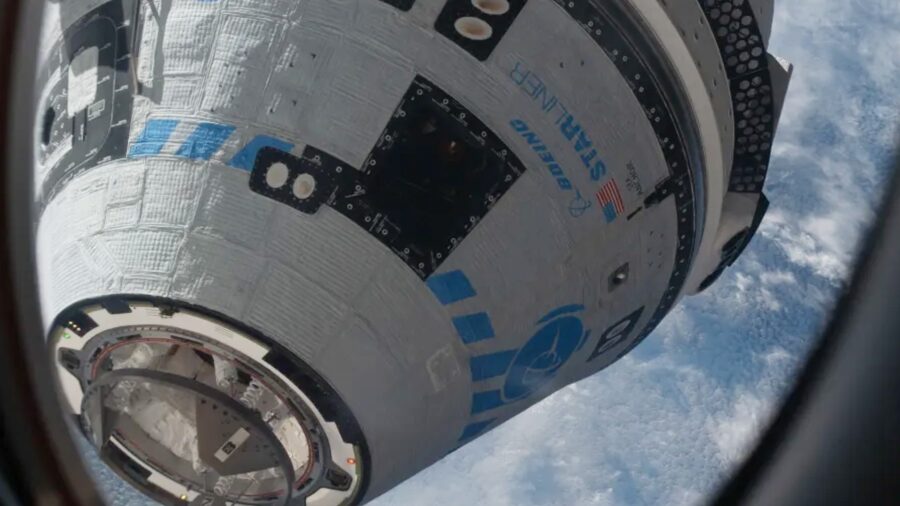Boeing Satellite Falls Apart In Space

A communications satellite manufactured by U.S. company Boeing broke into at least 20 pieces while in orbit over the weekend, disrupting use from users across multiple continents and littering the skies with giant pieces of space junk. The Intelsat 33e satellite functioned to provide needed broadband communication from its position above the Indian Ocean to users in Europe, Africa, and Asia, but went immediately offline after failing to keep together. At this point, officials from the U.S. Space Force and engineers from Boeing have been unable to determine the cause.
In Orbit Since 2016
The 14,600 pound Boeing satellite was slightly larger than a midsize car and was both designed and manufactured by the company. The Intelsat 33e was launched into orbit more than eight years ago and has been in its geostationary orbit south of India since 2016. The craft was part of Boeing’s EpicNG platform, an endeavor that was meant, in part, to improve global broadband communications.
The Intelsat 33e was not the first of its kind to have major problems while orbiting the Earth. Its predecessor, IS-29e, spent several years in space before failing. The Boeing satellite was said to have been pummeled by a micrometeoroid strike, causing a serious fuel leak. The premature end of both of these satellites severely alters the intended lifespan of these orbiting vessels, which Boeing engineers first believed to be as high as 15 years in space.
What Went Wrong?
A Failure Review Board has been established to explore the causes of the Boeing satellite mishap. It consists of the company and government agencies, which will all work to study the data and hopefully come to a conclusion.

The latest Boeing disaster is not only another black eye on the company’s recent performances, but also serves to add a great amount of space junk to the area just outside the Earth’s atmosphere. It’s estimated that there are now more than 30,000 pieces of debris that orbit the planet, which are being monitored by multiple space agencies across several nations. These Boeing satellite pieces combine with the other pieces of space junk that pose serious threats to other satellites in orbit as well as incoming and outgoing spacecraft.
More Bad News
The unexplained destruction of the Boeing satellite is not the only bad news from the company in recent weeks. Its Starliner mission experienced multiple failures that resulted in two NASA astronauts being stuck in space for weeks after they were originally scheduled to return to Earth. But Boeing’s space issues are but a small part of its problems as its mainstay, domestic and international aircraft, have been plagued with maladies that have received great attention throughout the last several years.
Boeing’s Max 737 planes were grounded after two crashes that killed more than 300 people, which resulted in an investigation into alleged fraud by the embattled company. Making matters worse, Boeing’s 300,000 employees have forced the company against the wall and worsened its financial position.
It was reported today that, in order to comply with growing demands by the union and to help navigate other financial woes, Boeing will sell more than $19 billion worth of stock to raise capital.
Source: Intelsat













Login with Google